Why Commercial Real Estate Needs Virtual Reality

Boston’s an interesting dynamic these days. It’s a city known for it’s innovation, education, walkable layout, abhorrent traffic, liberal policies and fiscal conservatism. And with an ever-growing list of startups, investment capital has helped flood the region with technology-oriented companies, and it’s beginning to affect the some of the older, more established industries.
And yet, some would say disruption is a good thing. Out with the old, in with the new. But what about industries where that’s not so easy?
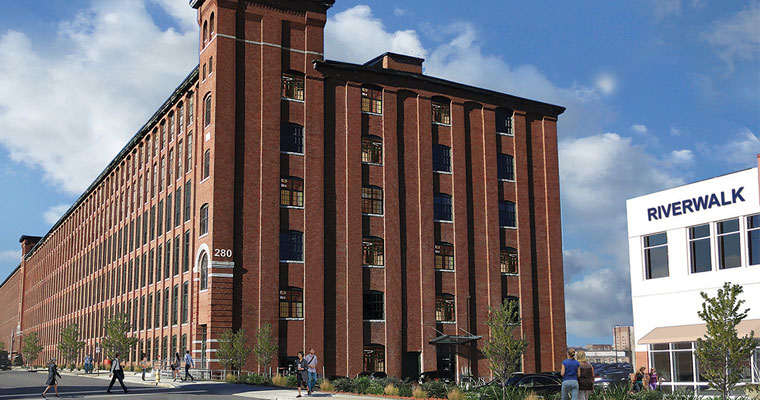
One of those industries seemingly primed for disruption seems to be commercial real estate. An industry predicated on selling property that’s solely used for business purposes that are leased out to provide workspace, rather than a living space. You can’t quite ‘disrupt’ an industry in the typical ‘Uber’ fashion when they own the very bricks your office may be in. But that being said, there’s a major chance for commercial real estate to adapt and position itself for the 21st century.
For years now, creative technologists from Forbes.com, BBJ.com and bizjournals.com have speculated on virtual reality being a prime tool for commercial real estate firms (and architects) to utilize to help sell and even ‘dress’ space for selling purposes. Many of whom see VR as a tool to help expedite the stakeholders’ decision-making and reduce design phases, while translating difficult design concepts for everyone to view.
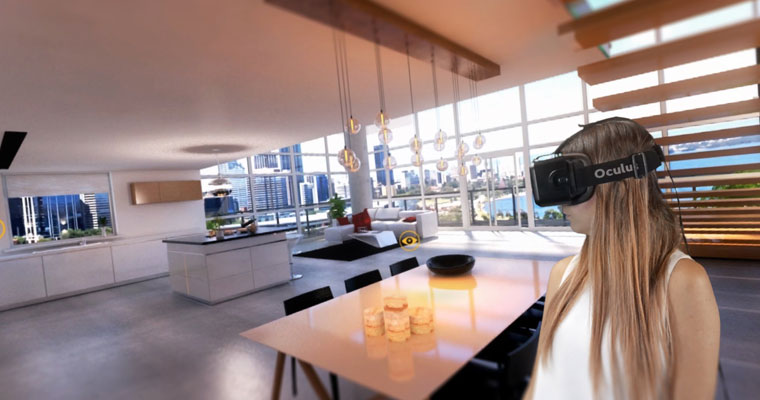
But before we fully get into that, let’s discuss some of the challenges commercial real estate faces in today’s marketplace…
Selling commercial real estate can be extremely tough…especially when looking at a 400 year old city like Boston, and dealing with it’s limitations. Now, considering the amount of new buildings and property going up in areas like the Seaport, downtown Boston and the surrounding area, there’s ample opportunity to sell space for years to come, but how can these firms do it in such a competitive marketplace?
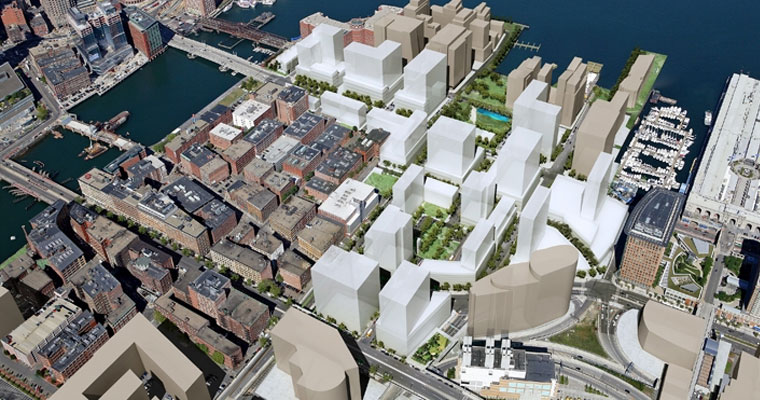
Commercial real estate companies have always dealt with the hand. Meaning an in-person meeting goes farther than a phone call or an email (obviously), but how can you get to that handshake and entice a prospective company in the first place? Typically the decision makers for a company are typically spread all over the place, have busy schedules and when looking at prospective commercial real estate space, time is certainly money. From the CEO, to the CFO, CMO, HR Lead and other company decision makers….how can you all get them in one place? And for how long? The process here for these decision-makers and stakeholders takes too long, and is too costly for the company, and the real estate firm itself.
It all boils down to this: Commercial real estate has a time problem. People need space, but they don’t have time to go see it. So, when you get a prospective team from company A to come to your firm, they will likely decide on 2-3 places in close proximity to go and see with you in-person. From there, you may shake their hand, show them the space, help them visualize it for their company and entice them however you can. But is that enough?
The short answer is no. In a marketplace where everyone is ‘too busy,’ the old-school way of selling doesn’t necessarily need to go, but something needs to be done. There needs to be a tool to make this process more efficient…
But what could the solution be?
When commercial brokers show someone a potential space for their company, they are putting all the buying power back on the stakeholder….allowing them to say yes or no…it’s a system too dependent on the buyer’s imagination. You may tell them everything they want (and need) to hear, but how emotionally engaged are they at trying to imagine their prospective company in your bland, dim, empty downtown office?
IMAGINE THIS
Imagine if you were able to seamlessly dress one of your commercial properties to the exact specifications of your client. What if you knew what they wanted even BEFORE they stepped foot in your office? What if you could design, customize and aggregate their commercial space in real time while they were in front of you?
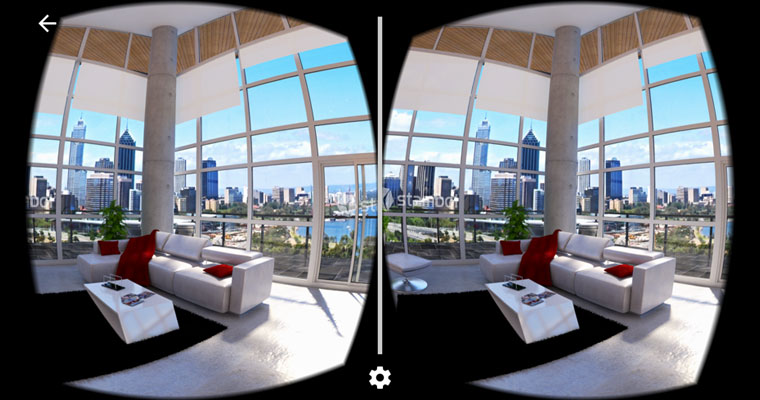
Virtual reality has the possibilities to do all of this and more…and it may just be the next best tool for architects, commercial real estate firms, designers and more to help land projects and tenants…Goldman Sachs Research predicted the VR/AR industry will become an $80 billion dollar marketplace by 2025 and much of that will be geared towards real estate purposes.
In today’s marketplace, nice photos and video walkthroughs are nice, but it’s not the same as physically moving through the space yourself. VR gives you the chance to peer around every corner, step outside and survey the neighborhood and get a gut feeling of what it would be like to be in that space. And no, it will never replace ‘the final handshake’ or smell of fresh cut grass, or sounds of the street, but VR is most definitely a tool to expedite the sales process.
Consider an empty available space for your companies stakeholders to view. It leaves little to the imagination. But if you were able to press a button and swipe through various options to craft what you wanted in real time, wouldn’t it be a bit more appealing to everyone involved? Again, not taking away from the end handshake and sign of the contract, but the ultimate power lays in giving someone what they want at the drop of a hat. That’s where VR provides the endless possibilities of marketing spaces to potential buyers and tenants.
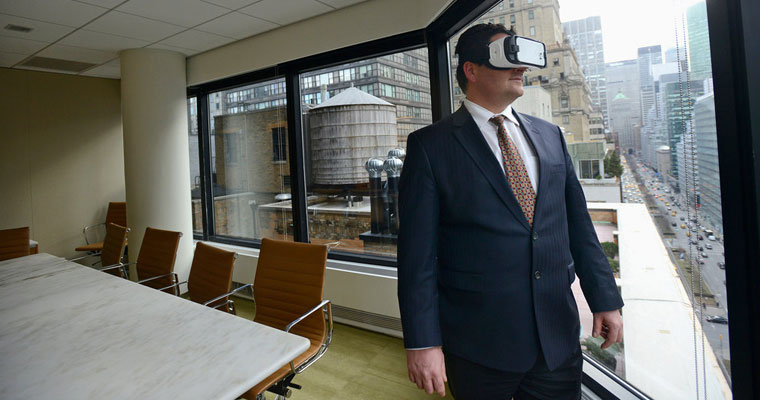
Here in the middle of 2017, VR tours are popping up in both residential and commercial properties. Whether it’s via a web app, or at an architects office, designers like Arrowstreet in Boston are actively allowing their clients to experience a space in virtual reality before as its being built and customized. And if architects are using VR to design buildings, shouldn’t brokers be using it to sell them too?
SUMMARY
VR will never replace the final handshake or signing of a contract. Nor will it fully initiate a takeover of engaging all five senses at one time. However, VR can be a tool to vastly expedite the sales process for commercial brokers. Whether it’s a custom designed sales tool, or in-house digital experience to design what your prospects want in real-time, these things are more than achievable in 2017.
Virtual reality is able to give a wider field of view, showcase spaces that aren’t built yet, and can have any number of options be switched out at the swipe of a finger. And with that kind of customization, you can easily tug at the heart strings of any one of your prospects right there, on the scene, in virtual reality. And with the ease of use and multiple use cases already in existence, VR has the potential to disrupt and vastly improve the commercial real estate buying process, and we know our team at Inphantry is exactly the team to do it for you.
